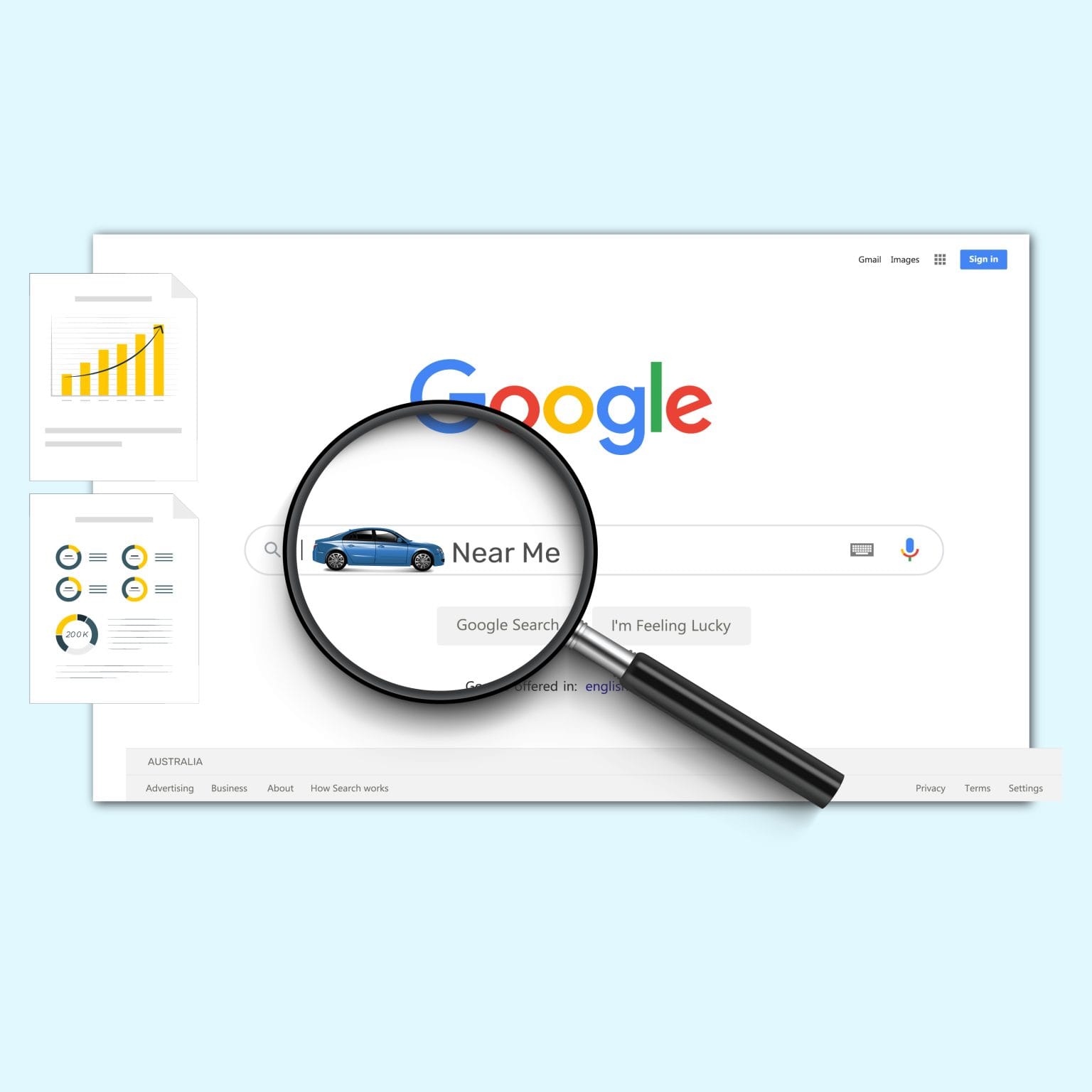TikTok Dominates Short-Form Content: Instagram Reels Follows
During this period, only 4% of all analyzed ads contained sustainability messages, with the retail and consumer healthcare sectors featuring the fewest climate-focused messages in their ads, at just 1%. The budget allocation behind these ads was disproportionately high, accounting for 8% of total spend. However, this still represents less than one-tenth of spending during the 2020-2023 period.
Sustainability Messaging Declines as Marketing Priorities Shift
The climate gap describes the disconnect between consumers’ expressed interest in pursuing sustainable options and the failure to translate this intent into action. However, CreativeX’s analysis also shows that brands are caught in a “say-do” gap—where sustainability commitments often lack concrete action. This is reflected in the lack of media spend on sustainability-focused ads during the three-year period, as well as the sharp decline in sustainability messaging since early 2023.
While the number of ads containing sustainability messages steadily increased from January 2020 to December 2022, it dropped by 47% in early 2023. This reflects shifting consumer priorities, with cost-of-living concerns overshadowing climate change. Advertisers are adjusting their messages accordingly. Anastasia Leng, Founder and CEO of CreativeX, stated: “Our research shows that despite significant sustainability commitments, marketers struggle to integrate sustainability messages into their overall communication and creative strategy at scale. This is a missed opportunity that we can begin to quantify with creative data, marking the first step towards systemic alignment of brand messaging with their intentions.”
Brands Avoid Negative Sustainability Messaging
While sustainability messages remain limited, when they do appear, they are overwhelmingly positive and framed in language connected to the UN’s Sustainable Development Goals (SDGs). Eighty-two percent of ads with sustainability messages use keywords related to SDG 12 – Responsible Consumption and Production. This suggests that brands have developed a collective understanding of how to communicate sustainability messages.
This is supported by the finding that brands predominantly use positive language when discussing climate issues. Positive messaging about educating and empowering consumers to make more eco-friendly choices appeared four times more frequently than negative or neutral climate commentary. Although there were similarities in messaging and tone across ads featuring sustainability messages, some industries had significantly more ads related to the topic. Sustainability messages appeared in four times as many automotive ads compared to other industries, reflecting the sector’s pressure to address its significant environmental impact.
Leng added: “If brands are making efforts to work more sustainably, they are certainly not communicating this to their consumers. Marketers who successfully achieve this ‘last mile’ of sustainability efforts, promoting their progress in their messaging, can kill two birds with one stone: doing good for their brands while doing good for the planet.”
Have a new project or need our services? Send us information here or call us at 2130414635




